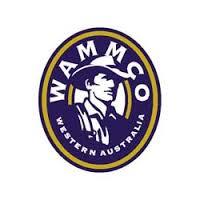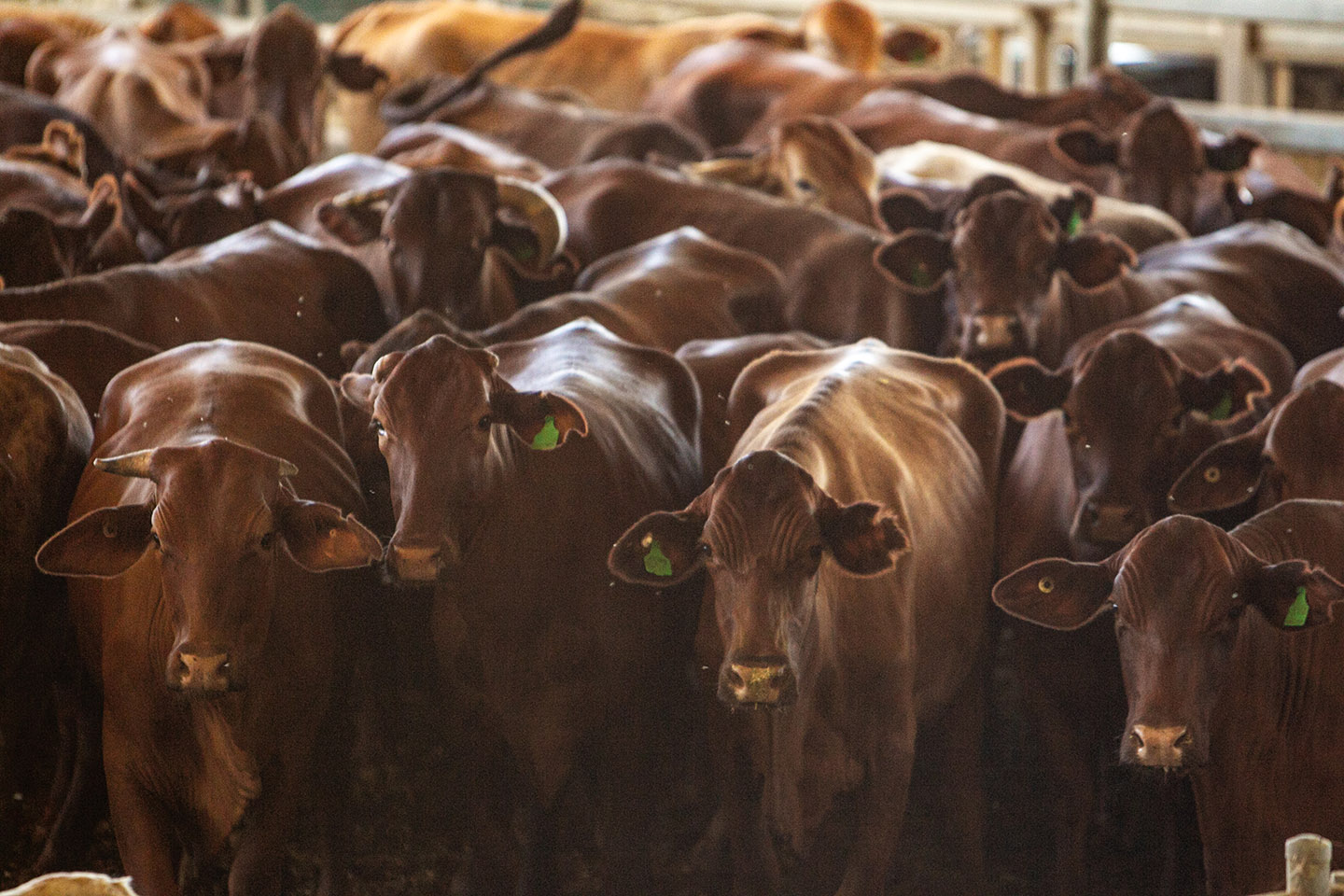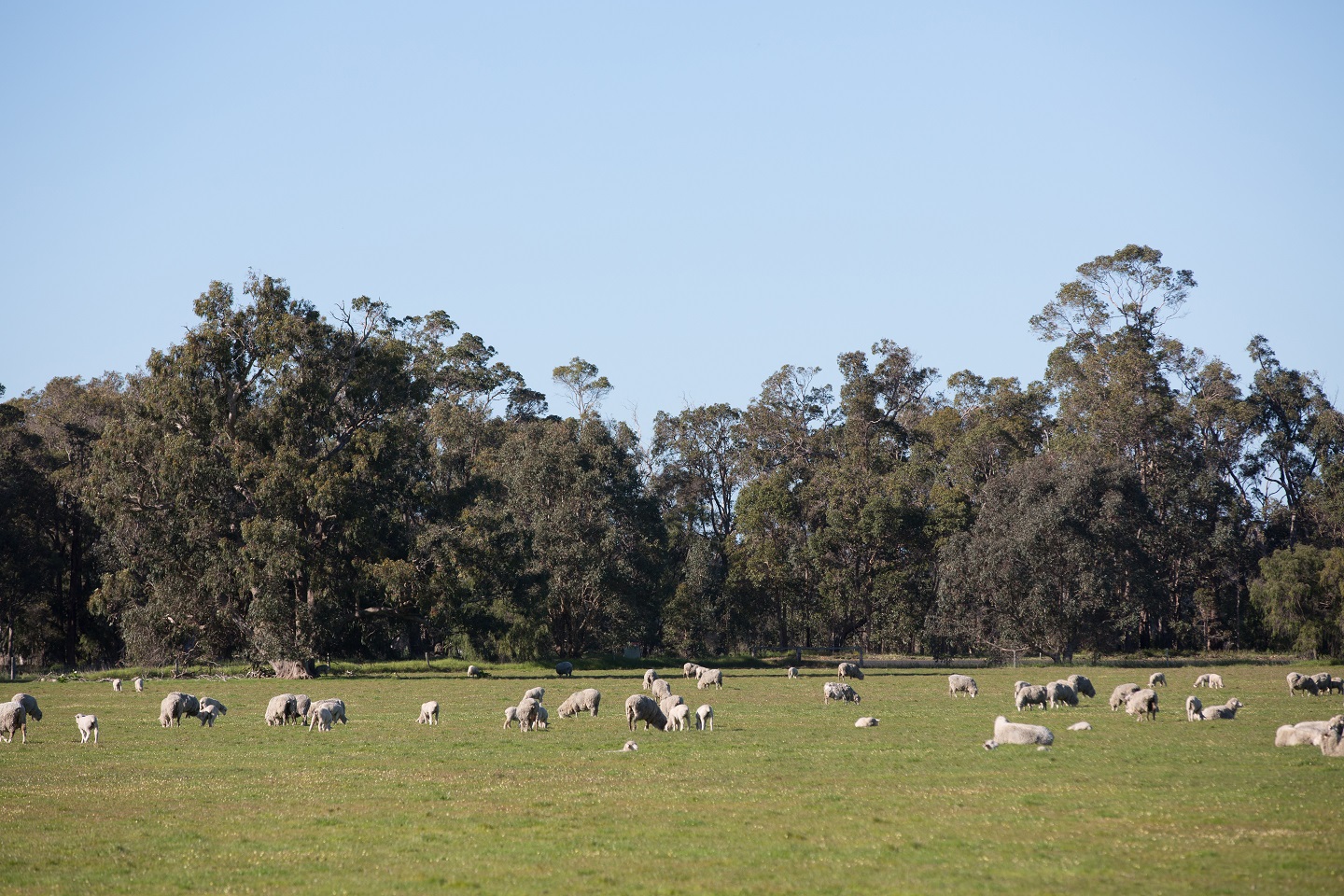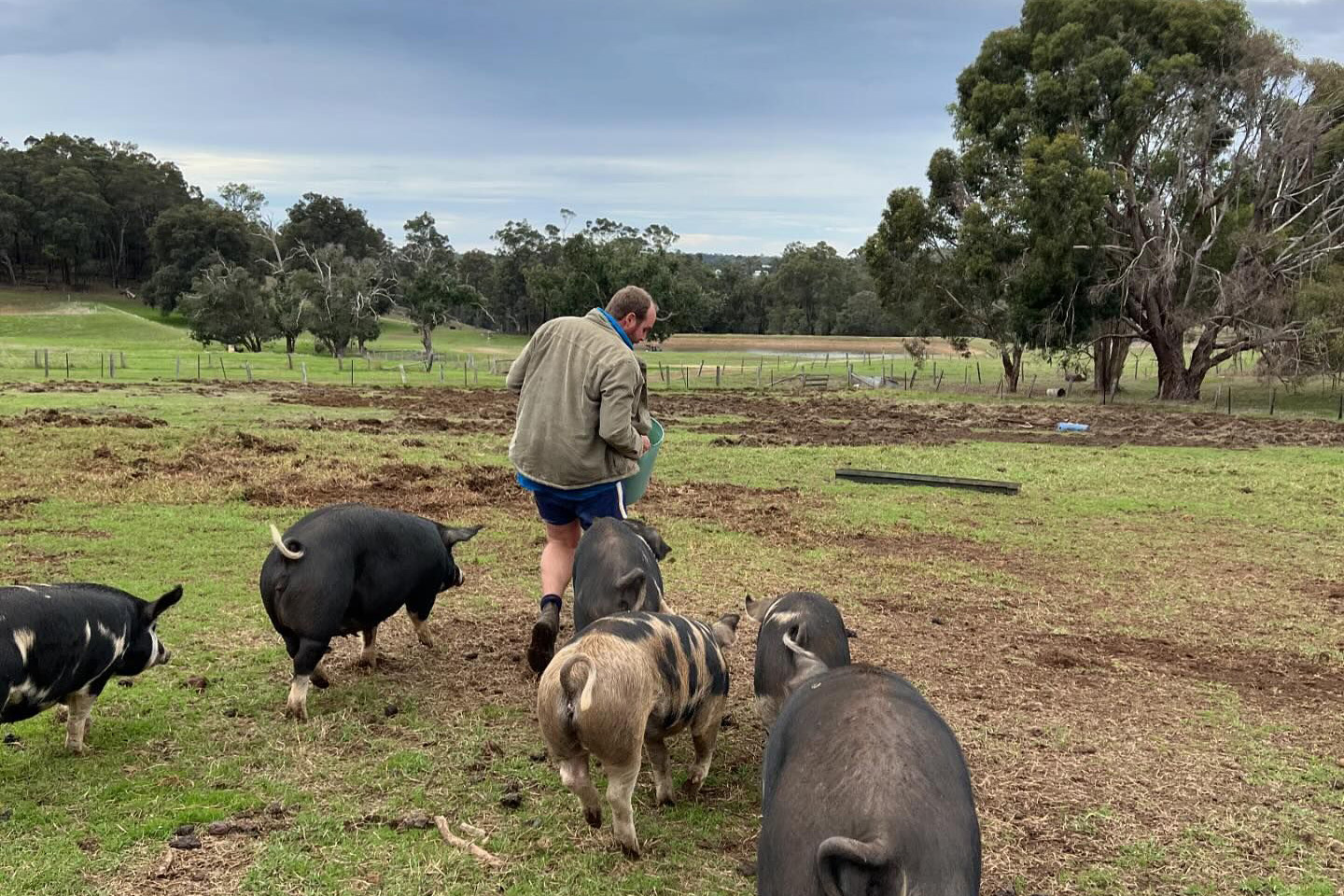
The Western Australian Meat Marketing Co-operative (WAMMCO) has its origins in December 1971 when its predecessor, the Western Australian Lamb Marketing Board (WALMB), was established by the Government of Western Australia. WALMB was evolved out of pressures for a system of orderly marketing from lamb producers exerted mainly through the WA farmer body - the 10,000 member Farmer's Union of WA, now known as WA Farmers.
On 31 July 1999, the Co-operative purchased the Western Australian abattoir assets of Metro Meat International Limited. These assets were the Linley Valley (est. 1027) and Katanning (est. 572) export abattoirs. The majority of the Metro Meat employees transferred to the Co-operative, thus ensuring their considerable processing knowledge and skills were retained.
On 16 August 1999, through the proclamation of the Marketing of Meat Amendment Act 1999, the Western Australian Meat Marketing Co-operative Limited commenced trading.
The Amendment Act provided for the winding-up of the Corporation and the transfer of its business, assets and liabilities (including the WAMMCO International brand name) to the new Co-operative, which also retained statutory acquisition of export lambs until December 31st 1999. After that date, compulsory acquisition ceased to exist.
The transition from statutory to free market acquisition was not an easy one and the Co-operative commenced a major restructure in October 2000 , including senior management changes and the rationalisation of assets. The Linley Valley abattoir and Spearwood processing plant, together with the West Perth Head Office building, were sold. The Katanning plant was upgraded to a "state of the art" facility producing all the Co-operative's requirements. A decision was also made to build the Co-operative's core business as the "value adding" of premium quality lamb, although the capacity to process mutton, goat and fallow deer remain.
In June 2003 and February 2004 , the Co-operative issued share certificates to just over 1000 lamb producers acknowledging their membership, ownership, democratic control and participation in the Co-operative.














